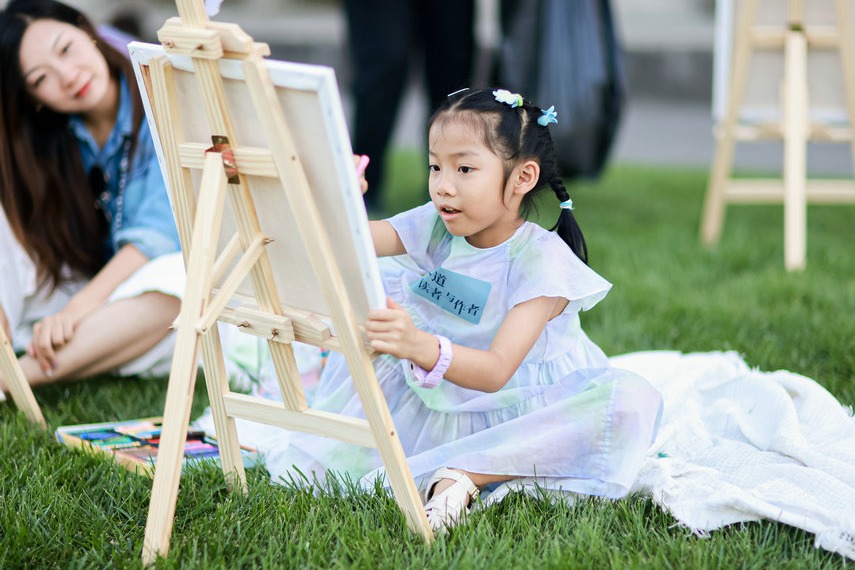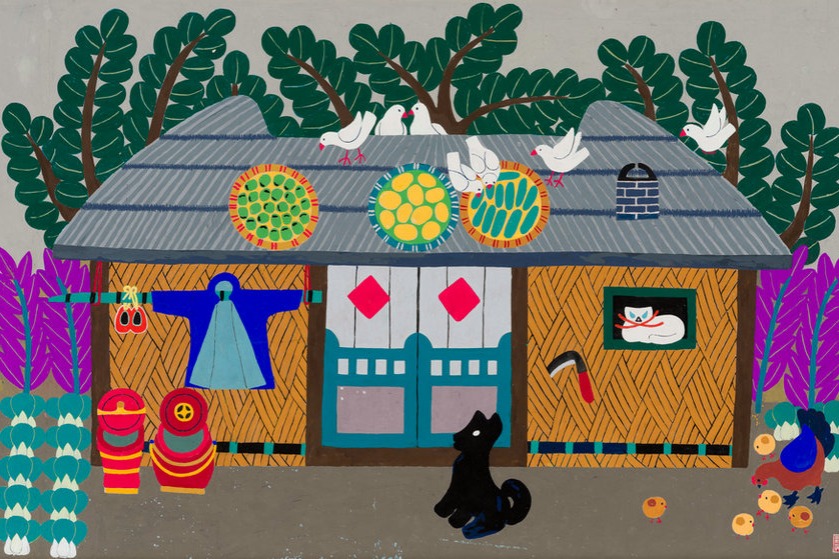A rich tapestry of cultures


Historical heritage
Gansu has a rich historical and cultural heritage and places emphasis on the protection of it. The province supports Dunhuang Academy in becoming a model for world cultural heritage protection and a leading center for Dunhuang studies. The province also promotes the deep integration of culture and tourism, aiming to develop the cultural tourism industry into a pillar sector.
In the vast land of Gansu, there are UNESCO world cultural heritage sites such as Mogao Grottoes, one of the top 10 archaeological discoveries recognized by Archaeology magazine in the US in 2019, a total of 16,895 immovable relics, and three national archaeological site parks. It also boasts 8,809 representative items and 13,049 representative inheritors of intangible cultural heritage at different levels.
It has always given priorities to the protection of cultural heritage and advanced the utilization and inheritance of such heritage.
The fifth batch of 285 provincial-level intangible cultural heritage representative projects was announced in late 2024. A brick-carving workshop in the Linxia Hui autonomous prefecture was recognized as a national-level intangible cultural heritage productive protection demonstration center in March 2024.
The province has continuously implemented a training plan for inheritors of intangible cultural heritage, with 16 people selected for the sixth batch of national-level inheritors and nine included in the first national list for "youth intangible cultural heritage video creation".
These remarkable achievements collectively depict a vibrant picture of the inheritance and development of intangible cultural heritage in Gansu, showcasing the region's unique charm.
The province has used eight cultural brands as a tool to craft a cultural matrix that enhances the influence of Gansu's culture. Among the brands are the ceremony of worshiping Fuxi, one of China's legendary ancestors, the Dunhuang cultural expo, Siku Quanshu (Complete Library in Four Sections), the magazine Duzhe (Readers), a dance drama named Flower Rain on the Silk Road and a documentary called Hexi Corridor.
The 2025 ceremony in tribute to Fuxi captured the attention of Chinese people at home and abroad. People gathered in Tianshui city, commemorating the cultural ancestor in a solemn atmosphere, and strengthened their cultural identity.
The Wensu Pavilion duplicate of Siku Quanshu, a comprehensive collection of Chinese traditional culture, has been preserved intact after centuries. Now, the second phase of its digital photocopying publication project has completed, obtaining data files that meet the standards for photocopying and database construction and can be developed and utilized in multiple forms.
Young people are a critical baton in the "relay race" of cultural inheritance. A subsidiary of Duzhe Publishing and Media Corp published a children's story and several books for young students' urban study tours, which conveyed traditional culture and contributed to the development of Gansu into a culturally strong province.
A new version of the classic dance drama Flower Rain on the Silk Road was staged recently. The creative team integrated more modern artistic expressions while retaining those ingrained classic elements, offering the audience a new visual feast.
The launch of the 4K ultrahigh-definition version of Hexi Corridor has again brought this documentary into the spotlight, allowing more people to fall in love with this magical land. With solid steps in cultural relic protection, the continuous inheritance of intangible cultural heritage, and the development of cultural brands, Gansu's cultural development is advancing toward new heights and writing a chapter of inheritance and innovation in the new era.
The province has boosted cultural relics survey work, gaining a thorough understanding of its cultural resources. It completed a field investigation of the fourth national cultural relics survey, discovering 4,576 new cultural relic clues. Additionally, the construction of the Hexi Corridor national heritage route, the Jiayu Pass Great Wall national cultural relics protection and utilization demonstration area, and some national archaeological site parks are steadily progressing.
This series of work is making the network of cultural heritage protection in Gansu increasingly dense, which allows ancient cultures to have enduring vitality in the new era.





































